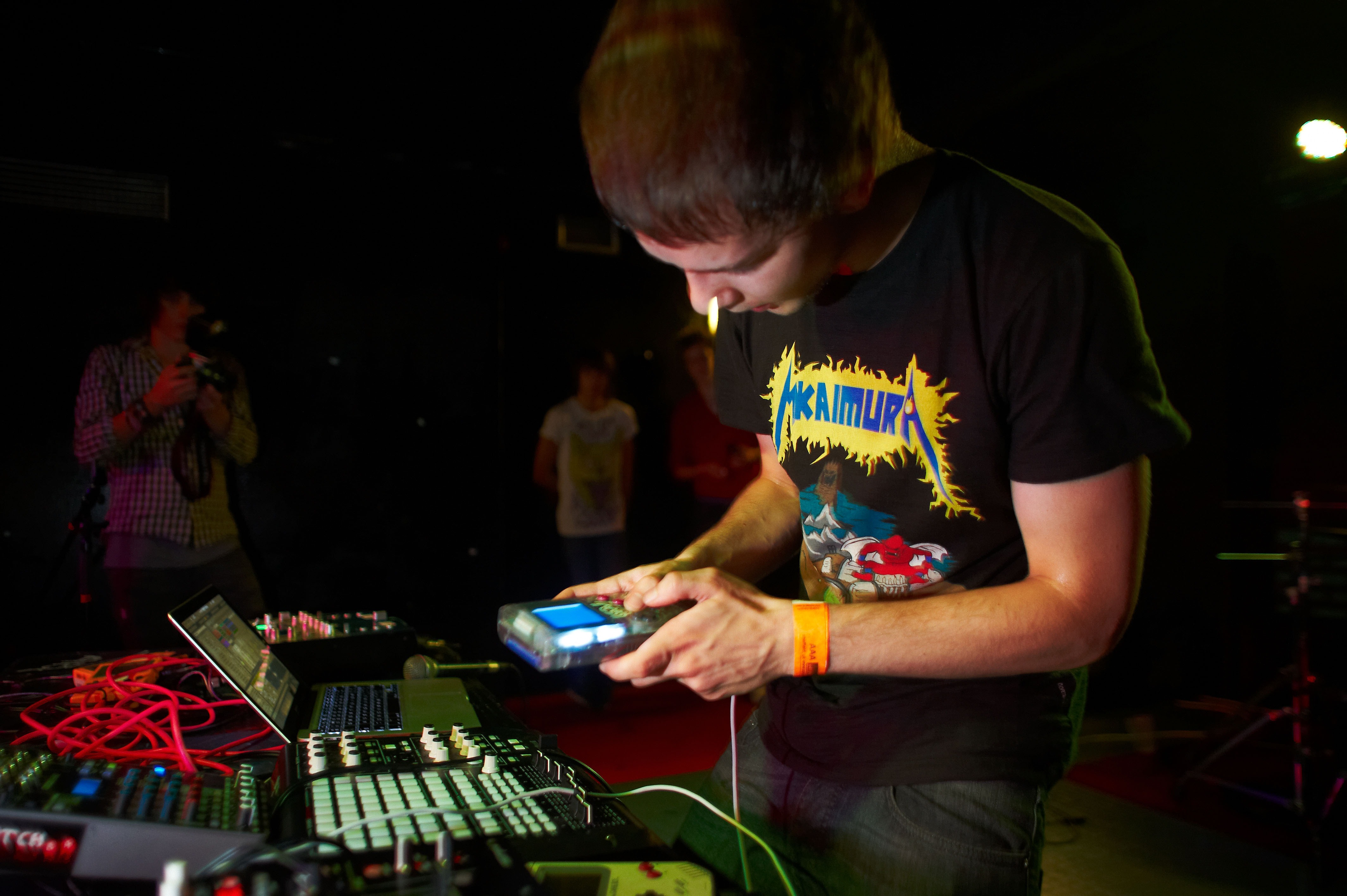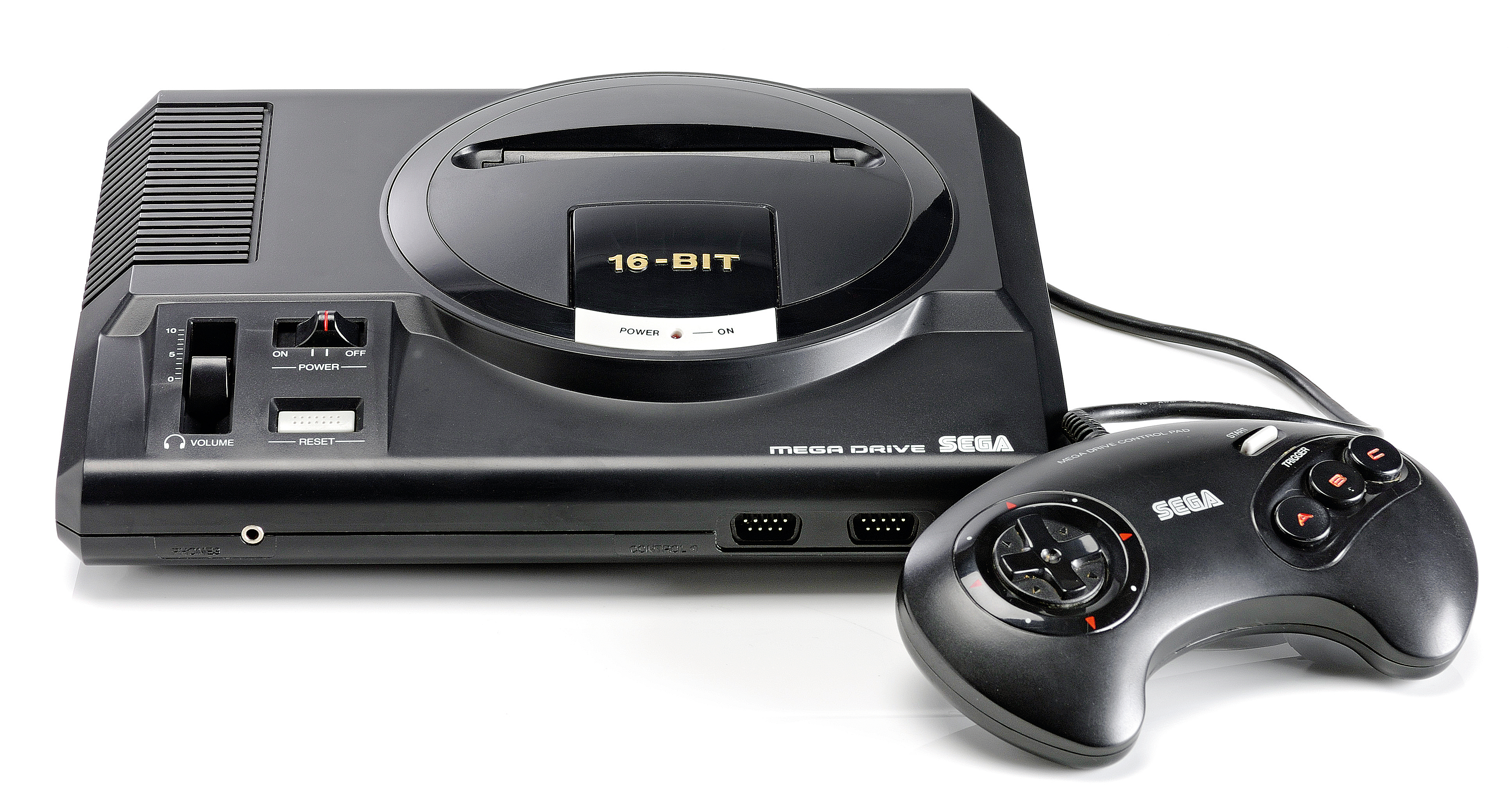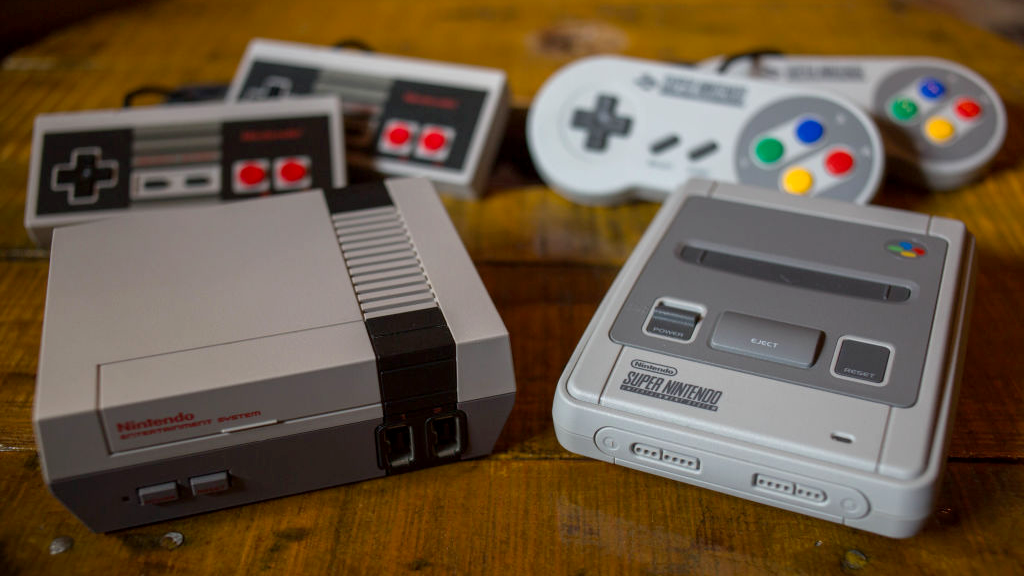“Many games were replete with quirky arpeggios, an abundance of pulse wave-based lead melodies and generally frantic delivery”: Exploring the retro video game-inspired chiptune universe
More than just video game music, chiptune is a colourful collision of melody, harmony and lo-fi sounds.

Musical genres often form an integral part of a wider scene, and typically this may include specific fashion brands, particular club nights and so on. Given its computer roots it should come as no surprise that the retro-leaning genre of chiptune is heavily associated with the computer demoscene.
Chiptune music itself is based on early video game music and is all about capturing the classic tones found in games consoles such as the Nintendo Entertainment System (NES), Nintendo Game Boy and Sega Mega Drive, but also gaming computers such as the Commodore 64 and Commodore Amiga.
In the early days this process wasn’t particularly straightforward but became much easier with the development of tracker software.
Over time various other options arose including Little Sound DJ, a Game Boy specific tracker program and Wayfar MIDINES, which was a Nintendo NES cartridge with captive MIDI cable that turned the NES into a 5 channel synth.
In parallel, deeper knowledge about how the sounds and synthesis were used in each device has improved and led to a better understanding of how to recreate these sounds using modern DAWs.
If you’re producing chiptune in a DAW, important aspects to emulate include the imperfections in the original sound generation such as poorly rendered waveforms, as well as inherent distortions and noise that add to the overall sound.

Another thing that is important to understand are the practical limitations of the original sound generators, and despite the common theme, the sound generation does vary from device to device.
Get the MusicRadar Newsletter
Want all the hottest music and gear news, reviews, deals, features and more, direct to your inbox? Sign up here.
For example, the Game Boy features 4 channel sound, with 2 pulse waves, 1 RAM stored wave and white noise. In contrast Nintendo’s NES has 5 channels with 2 pulse waves with some adjustable pulse width, 1 triangle wave, 1 noise channel and 1 low quality DPCM sample playback channel.
Both are quite different to the Sega Mega Drive/Genesis consoles with their two part sound generation comprising the Yamaha designed FM synth chip and a 4-channel programmable sound generator alongside 8-bit 32kHz sample playback.
Meanwhile, one of the most distinctive is the Commodore 64, with its famous SID chip. This 3 voice design could produce 4 shapes - triangle, sawtooth, noise, and square with adjustable pulse width. It also had a digitally controlled analogue 12dB/octave multimode filter (bandpass, lowpass, highpass) with adjustable cutoff and resonance.
The tech is of course only one aspect, and what also interests us are the kinds of sounds and production styles that define chiptune.
Some of this character of course comes from the original games themselves. Many games were replete with quirky arpeggios, an abundance of pulse wave-based lead melodies and generally frantic delivery. However, chiptune has inevitably developed over time and today it's the texture of the sounds themselves that seems to generate the most interest. Let’s take a look at some key aspects of this genre.

Chiptune Key Elements
1: Musical style
Chiptune can be quite complex musically and this contrasts with its lo-fi sound set. Originally game music drew its inspiration from the popular musical genres of the 1980s, including progressive rock and jazz fusion. These instrumental styles often feature melodic solos and toplines, and you’ll find melody (or ‘tunes’) are a key component of the chiptune sound. Meanwhile the extensive use of arpeggios and counterpoint often gives chiptune a classical feel.
2: Samples
When old-school game soundtracks used samples they invariably had a lower bit depth and sample rate than we’re used to in contemporary music production. 8-bit sounds are more noisy, and lower sample rates mean less high frequency sparkle. Meanwhile, the basic audio circuits in early consoles and computers increase the potential for extra noise, sample aliasing and so on. What this usually means is the sample components, which might be speech, sound effects or musical sounds, actually sound quite rough and ready. If you’re producing chiptune in a modern DAW, then emulating these aspects will keep things authentic.
3: Sound palette
Classic game music arrangements are limited by the hardware playback features, so if you want to create authentic chiptune you need to think along similar lines. This may sound highly restrictive, but the restrictions are what helped define the game music sound in the first place, and can be a help rather than a hindrance. One option is to think of your sound palette as 3 core components - lead (melody), bass and harmonic (arpeggio) - which you then support with a simple set of samples used for beats and sound effects. Skillful use of volume or velocity will add dynamics, meanwhile selective use of vibrato on lead instruments adds a performance feel.

4: Tempo
Classic video game music is usually uptempo, and designed to contribute to a game’s sense of urgency. This is also the case for chiptune. If you find working at a fast tempo confusing, try working at a lower tempo then increase the tempo as the production begins to shape. Other techniques you may also want to try include shifting beats from regular time to half time, and vice versa, to create sections of interest.
5: Arpeggios
If you have limited polyphony to work with, arpeggios provide a great way to play the harmonic content you want. This is a technique that’s embedded in musical history and became particularly apparent once again in the early days of synthesis, where monophonic devices were the norm. In game music the same limitations originally applied, and this helped define the sound. When it comes to producing chiptune you’ll find arpeggios typically replace chordal components. They also add some rhythmic interest, and once you ramp up the tempo the combined effect really drives the music along.
6: Trackers
We can’t discuss chiptune without talking about trackers. These basic sequencers are the forerunners of modern DAWs, and allow users to program music using samples. The interfaces are often quite functional, and a far cry from a modern DAW’s workspace. But at the time they were groundbreaking. The original design, Ultimate Soundtracker, was cracked and disassembled, and development thus became quick and the program effectively free. Nowadays if you want to program chiptune in a tracker environment, there are some contemporary options that are far more powerful (Renoise for example). For a tracker experience with its own built in chiptune sound generation check out DefleMask.
Chiptune Artists
1: 4mat
4mat is the artist name of English composer, electronic musician and tracker software fan Matthew Simmonds. Although known for his work on a raft of game soundtracks including Serious Sam and Rocket Knight, it’s his solo albums, all available on Bandcamp, that you might want to check out. These albums take the chiptune sound palette and spread it across an impressively eclectic musical landscape that incorporates breakbeat and dubstep as well as more ambient textures. You might not even consider this music chiptune as Matt himself noted on his track ‘Chipmusic is Dead’.
2: Yuzo Koshiro
Japanese heavyweight games composer Yuzo Koshiro has achieved incredible longevity, contributing to an enviable catalogue of titles. Although he continues to produce authentic chiptune music he has also composed more general jingle, vocal and theme music.
3: Anamanaguchi
One of the most successful contemporary chiptune bands, Anamanaguchi have successfully blended chiptune into a traditional rock band format. They started out producing classic game music, complete with their own animated videos, and are well known for their Scott Pilgrim vs the World: The Game soundtrack music. However, in parallel their own artist releases and albums have allowed them to expand their sound palette to produce in much broader musical styles. That said, their output remains heavily influenced by the chiptune sound.
4: Rob Hubbard
For a taste of classic 1980s chiptune game music it’s worth checking out the catalogue of Rob Hubbard. Spread across a bunch of compilation volumes, the Commodore 64 SID Anthology is a masterclass in simple, creative tunesmithery. Very much born out of necessity and the basic options available at the time, it provides an excellent insight into a specific period of video game history.
5: Jake Kaufman
Best known for his Shovel Knight game soundtracks, which you can find as full albums on all the main streaming platforms, Jake Kaufman has produced soundtracks for a number of other games series including Mighty Switch Force and Shantae. Meanwhile under his Virt moniker, he has produced what can best be described as 'chip metal'. He continues to compose for gaming titles as well as TV and media.

6: Chipzel
Game Boy musician Chipzel started out producing chiptune using Little Sound DJ on the Game Boy. This led to an EP and first album as well as live performances using two Game Boys and tracker software. In a reverse of the standard pathway, she has since produced music for a number of games and continues to participate in a range of game related musical projects.
Jon is a London based platinum award winning mixer, producer, composer and club remixer with a diverse CV that spans dance, pop, rock and music for media. He’s also a long term contributor to MusicRadar's music technology tutorials and reviews. Whether working alone or collaborating he usually handles final mixdowns, so you’ll also find MusicRadar peppered with his handy mixing tips.
"There’s plenty for us guitarists to learn – and ‘less is more’ is the overriding lesson": how to play like George Harrison on The Beatles' Abbey Road
“How daring to have a long intro before he’s even singing. It’s like psychedelic Mozart”: With The Rose Of Laura Nyro, Elton John and Brandi Carlile are paying tribute to both a 'forgotten' songwriter and the lost art of the long song intro













